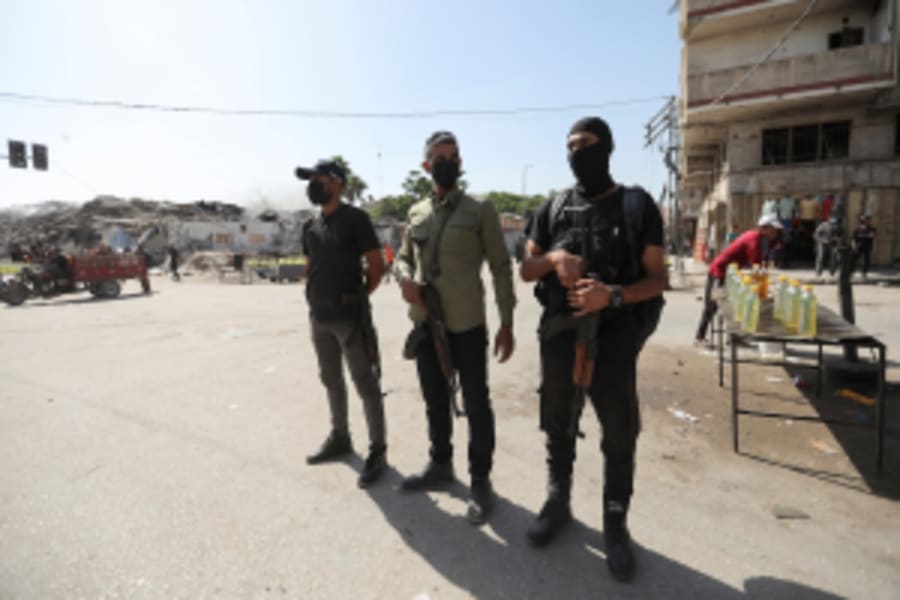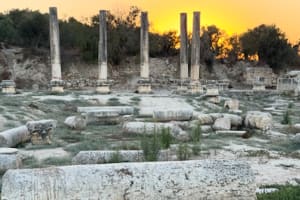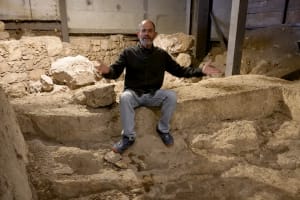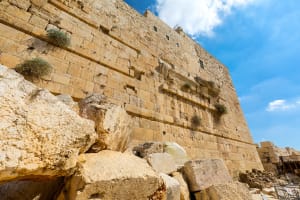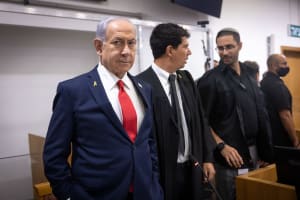Will Israel's gamble on Gaza's militias backfire?
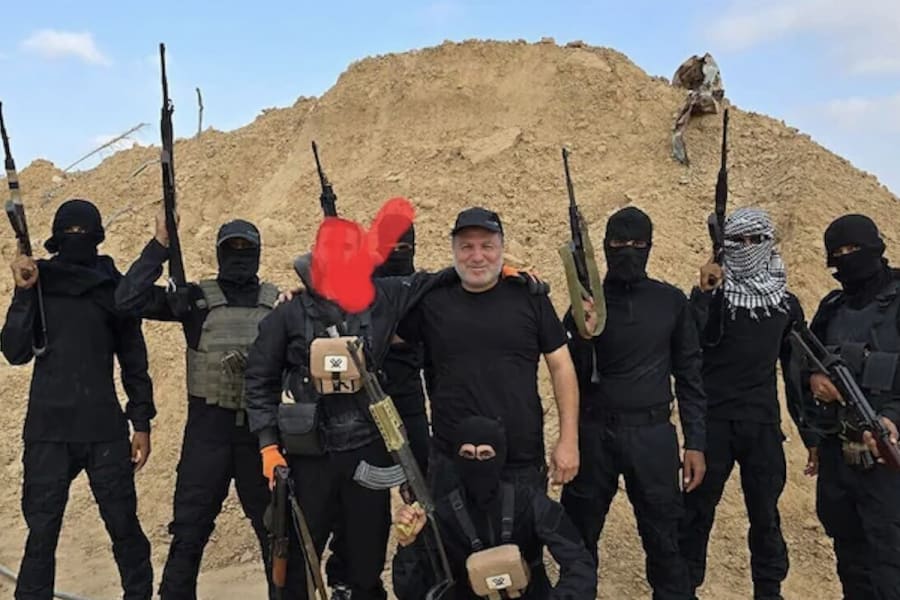
The Gaza ceasefire appears to be holding better than expected – for now. But in parts of the coastal enclave from which Israeli forces have withdrawn, Hamas is already reasserting control and beginning to regroup.
Suppose the ceasefire endures and Israel's stated goal remains the eradication of Hamas rule. In that case, some are betting on a handful of small militias – local groups that Israel has helped support – to fill the vacuum and keep Hamas out.
The problem, some critics warn, is that these fighters are too few, too weak, and too fragmented to make a real difference. Many are living in areas of the Gaza Strip still under Israeli control, meaning they may be safe from Hamas but are in no position to fight it.
And if they do try and fail, Israel could find itself responsible for their protection, or facing them as enemies.
Militias vs. Clans
To understand Gaza's emerging militias, one must first distinguish between militias and clans.
For decades, there have been about six or seven major clans in Gaza. Most are loosely affiliated with Fatah, though they have lived under Hamas rule for the last 20 years. According to Israeli Arab journalist, lecturer, and documentary filmmaker Khaled Abu Toameh, these groups have served as a quiet and largely non-active opposition to Hamas.
Over the years, there have been suspicions that one or more of the clans might have been working with Israel, or that Israel had reached out to them. However, the clans denied any such contact, and Israeli forces even targeted some of their members during the war.
Since the war began on October 7, some clans have criticized Hamas, not because they are pro-Israel, but because of the destruction the massacre brought on the Strip. Many felt Hamas had miscalculated and not properly considered Israel's response. Still, any open dissent quickly faded after Israel's partial withdrawal from Gaza. Hamas immediately cracked down on the clans and made clear they would not be allowed to fill any power vacuum.
"Hamas immediately said to them, don't you dare fill the vacuum or offer yourself as an alternative," Abu Toameh explained in an interview with ALL ISRAEL NEWS.
Unlike Gaza's long-standing clans, the militias are a newer phenomenon. They were formed after the start of the war, with some receiving direct or indirect backing from Israel. While certain clan members have joined these groups, the militias are not tied to any specific family network.
Four known militias exist: the Popular Force, the Doghmosh, the Al-Majayda, and the Hellis. The Popular Force is the most prominent, led by Bedouin commander Yasser Abu Shabab, who operates in eastern Rafah. Shabab, a well-known criminal figure, spent years in Hamas detention before the October 7 attacks.
The Doghmosh militia is headed by Mumtaz Doghmosh, who has links to ISIS and al-Qaeda. He is believed to have played a role in the 2006 kidnapping of IDF soldier Gilad Shalit – an event that ultimately led to the release of October 7 mastermind Yahya Sinwar.
The Al-Majayda militia operates in Khan Younis and is led by Hossam al-Astal, who originally joined Shabab before forming his own group.
Finally, the Hellis militia controls parts of Gaza City's Shejaia neighborhood. Its leader, Rami Hellis, is one of the few who openly and consistently oppose Hamas.
Abu Toameh said that Hamas views these militias as a "real threat" to its rule. As a result, the organization has made dismantling them a top priority, carrying out operations every few days to capture or kill their members and seize their equipment. Since Israel's partial withdrawal, the militias have been mainly on the defensive.
"For Hamas, these militias are even more dangerous than the IDF because they are Palestinians in Gaza, and if they were to attract more people to join them, there could be an uprising against Hamas," Abu Toameh said. "Eradicating these militias is Hamas's No. 1 priority."
In an interview with Ynet News, al-Astal, the commander of the Al-Majayda militia, said that "Hamas is an organization that depends mainly on strong propaganda… In practice, it no longer has significant strength."
He has openly collaborated with Israel. The IDF evacuated the Kizan al-Najar neighborhood where he operates and handed it over to his control.
Al-Astal told Ynet that although Hamas is clashing with the militias and may appear to have the upper hand, "it's only a matter of time until we topple Hamas fighters for good."
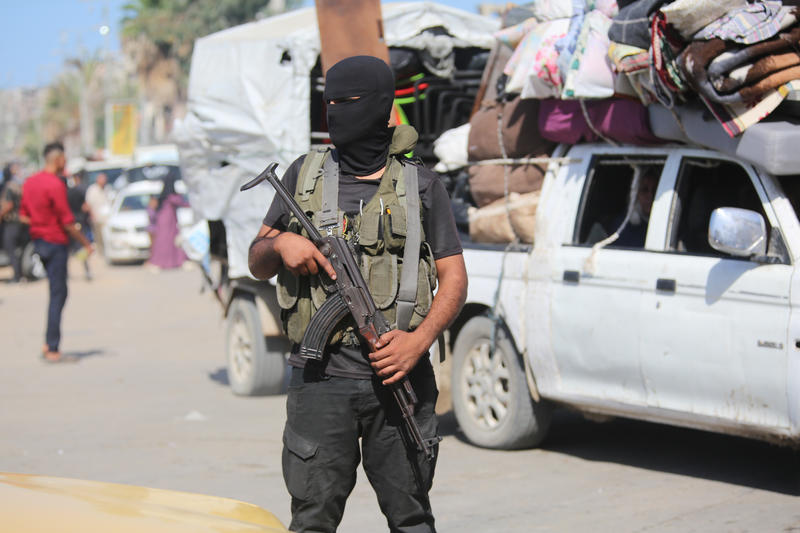
He added, "We maintain close ties with several Western countries, with the United States and even with Israel. We want them to support residents who refuse Hamas rule – to disarm them and stop the fear the organization creates."
Members of the Abu Shabab militia told Ynet something similar: "We are ready to bring down Hamas."
Still, it seems unlikely that these militias could succeed. Firstly, many Palestinians reportedly distrust them because of their ties to Israel.
"On the one hand, they like that they are standing up to Hamas," Abu Toameh admitted. "On the other hand, it becomes problematic when you are openly affiliated with Israel."
Secondly, many of the militia leaders are dangerous and untrustworthy, explained Dr. Michael Milshtein, head of the Palestinian Studies Forum at the Moshe Dayan Center for Middle Eastern and African Studies, and a former intelligence officer in charge of Palestinian affairs. Many are criminals or affiliated with other terrorist organizations such as ISIS.
Moreover, he said that because the groups are disunified and rarely coordinate with one another, they are even weaker.
Hamas has already begun targeting and dismantling any militia members it can find. In the case of the Popular Force, the group operates inside the Israeli-controlled buffer zone, which means Hamas would have to cross into Israeli territory to strike them, a move that risks clashes with the IDF. Hamas will likely wait, Milshtein said, but not for long.
"Relying on these groups and believing that you can really use them in order to defeat your other enemy is an illusion," he told ALL ISRAEL NEWS.
Abu Toameh agreed that the militias have made little progress in removing Hamas from power. He said that if Israel wanted to strengthen them, it would need to encourage the U.S., moderate Arab states, and even the Palestinian Authority to get behind them. Then, Israel would have to step back to remove the image of these militias being Israeli puppets.
"If you want them to grow and be effective, you'll need the entire international community to support them too," Abu Toameh said. But he noted that Arab states may hesitate because they do not want to appear to be meddling in internal Palestinian affairs or backing a coup against Hamas.
As such, Israel appears trapped in a dilemma that could have long-term consequences.
As Milshtein pointed out, as Hamas kills members of these militias, Palestinians are watching – and asking what the meaning of cooperation with Israel really is if those allies end up dead.
"If Israel wants to protect the members of these militias, it means you will have to shoot Hamas," he said. "But it actually means you violate the ceasefire."
Milshtein compared Israel's current policy to its past support for Christian militias in Lebanon against the Palestine Liberation Organization (PLO), a move that ultimately dragged Israel into years of fighting and a prolonged presence in Lebanon that lasted nearly two decades.
Once Israel fully withdraws its troops from Gaza, it will have no ability to protect these militias, leaving them vulnerable to Hamas' revenge. And if Israel fails to protect them, they might eventually turn against Israel, similar to what happened in the 1980s when Israel's backing of the Muslim Brotherhood in Gaza to counter the PLO led to the eventual rise of Hamas itself.
Alternatively, Milshtein warned, Israel may be forced to take hundreds of these fighters into Israel and offer them amnesty.
"I think it's very likely that many dozens, maybe hundreds, of Palestinians who are right now considered collaborators by most of the Palestinians, will try to escape," Milshtein said. "They will ask for protection inside Israel."
After the war in Lebanon, members of the South Lebanon Army fled to Israel in the early 2000s, and many remain in the country today.
As Israel weighs its next moves in Gaza, it faces a hard truth: the militias it's quietly supporting could become either its proxy or its problem.
So is this a strategy for long-term stability, or will it lead to another cycle of tension Israel will one day regret?
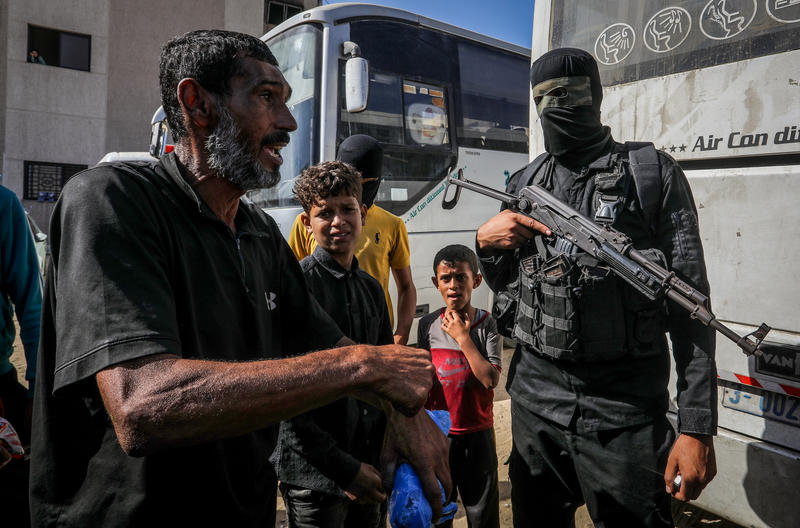
Is All Israel News’ faithful reporting important to you? Be part of it—help us continue by becoming a $5/month supporting partner.
.jpg)
Maayan Hoffman is a veteran American-Israeli journalist. She is the Executive Editor of ILTV News and formerly served as News Editor and Deputy CEO of The Jerusalem Post, where she launched the paper’s Christian World portal. She is also a correspondent for The Media Line and host of the Hadassah on Call podcast.
You might also like to read this:


